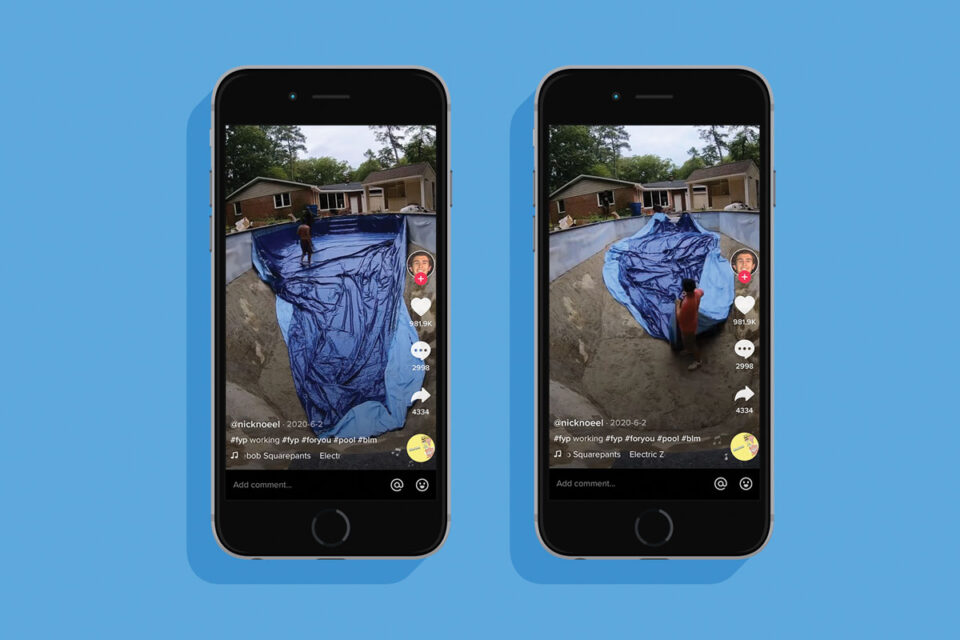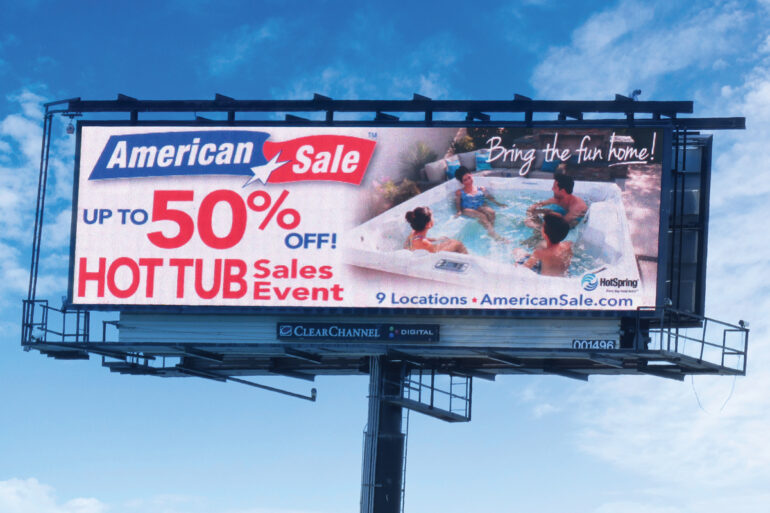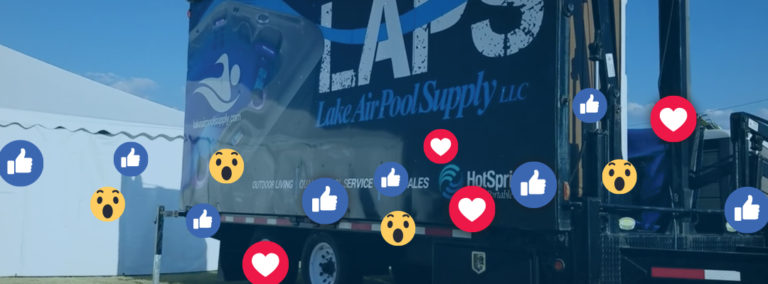Telling Stories

To show off their best work, pool professionals can leverage short six- to 30-second videos on social media platforms like TikTok, or with Twitter Fleets and the stories feature on Facebook, Instagram and YouTube. On some platforms, the videos vanish after 24 hours, so pool operators can continually post fresh content that highlights their most beautiful projects as well as any mentions in magazines or photos.
“What the pool industry needs to understand is we’re no longer doing TV commercials; we’re no longer doing radio promotions,” says Brandon Reed, owner of Pool Volution in Rancho Cucamonga, California, who has more than 6,500 followers each on both TikTok and Instagram. Social media, he says, is the way consumers are connecting with businesses. Stories allow consumers to connect in real time.
Posting Your Day
One way to use stories is to post the process of building, repairing and servicing pools to followers. That can be a powerful way to gain attention on social media, which Nicholas Noel experienced when he posted a TikTok video of his company constructing a pool last year.
The video went viral overnight and gained 15 million views, and Noel added more than 100,000 TikTok followers. However, it didn’t generate any new business, says Noel, foreman at The Pool Patrol in Virginia Beach. “It’s just a creative outlet, really,” Noel says of his TikTok videos.

TikTok doesn’t allow businesses to post their location, so customers don’t know where the videos are produced. Because of this, Reed posts stories on Instagram, where he can add location hashtags.
Beginning at 7:30 a.m. seven days a week, Reed posts up to 20 videos as he goes on his rounds servicing pools, working on plumbing and electrical repairs and driving to the next appointment in his van.
“Stories is everything I do from the time I wake up to the time I go to bed,” Reed says, adding that he posts “anything I think is cool and that my audience would be interested in.”
Sharing Media Mentions
SSG Pools in North Billerica, Massachusetts, has over 1,000 followers on Instagram and uses the stories feature to repost photos of the company’s pool projects initially shared on other social media pages or in regional magazines.
“A magazine might do an aerial view of a home and include that we did the home’s pool,” says Kelly Michael Skelton, director of marketing at SSG Pools. “A landscaper might do a photo of their whole landscape with the pool on the side, so we’re happy to share their work.”
The company posts an Instagram story once or twice a week, and supplements that with regular posts on Facebook and Instagram to highlight its pool construction throughout New England. Skelton says the company tried posting stories on Facebook but did not see the same response as Instagram.
YouTube also offers a stories feature. Pool companies rely on YouTube to post videos showing the pool-building process, a walkaround of a completed pool and repair tips for other operators.
With YouTube stories, the videos remain on the platform for a week, so viewers also have a better chance of seeing them. “Instagram is so oversaturated that it’s hard for people to see your content,” Reed says. “When you post on YouTube, the likelihood of people seeing your content is greater.”
Tips for Posting Stories
Pool companies that want to increase their presence on social media need to be consistent and post one to six times per week, according to marketing platform HubSpot. Potential customers who view a company’s social media page and see no recent posts may question the company’s credentials, Skelton says.
“I think the name of the game is to really be active,” Skelton says. “It shows people you’re reputable, trustworthy and busy — and that builds confidence.”
Mark Jones, owner of Blue Street Pools in New Orleans, is active on Instagram and TikTok and advises pool operators to showcase what separates their company from their competition.
Jones, who has over 700,000 followers on his TikTok account (up to 1.7 million since publishing), says Instagram is a place where pool pros show off how they work and that TikTok is more for the consumer. “I find value in both,” he says.
Reed suggests pool companies treat their social media pages as resumes, posting a catalog of photos and videos that document their work. “Instead of sending pictures to your customers, ask them to follow you on Facebook,” Reed says. “They’ll see all your work and scroll down through years of pictures. They don’t have to just take your word [for it].”
Facebook Stories
- Users can share photos and videos
- Content will disappear within 24 hours
- Optimal content dimensions are 1080 x 1920 pixels (vertical content is best)
- Video can be up to 20 seconds long
- Photos appear for five seconds
- Users can enhance images with filters, text, stickers, the boomerang feature or add music
- To use on a mobile app, tap on your profile picture, select “create story,” select a photo or video from your camera or click on the camera icon to create your own visual
- Learn more here
Instagram Stories
- Users can share photos and videos
- Content will disappear within 24 hours
- A video can be up to 15 seconds
- Optimal content dimensions are 1080 x 1920 pixels (vertical content is best)
- You can also split a video that’s longer than 15 seconds into 15-second fragments and add them to your Instagram page so they play consecutively
- Users can enhance images with filters, text, stickers, the boomerang feature or add music
- To use on a mobile app, tap the camera icon in the upper left-hand corner of the screen, share a photo or video you select from your gallery, or choose a camera lens to select a photo or video in the app
- You can also broadcast live on Instagram by tapping the “Live” option to start filming
- Learn more here
YouTube Stories
- Users can share short, mobile-only videos on YouTube Stories
- Stories remain on the platform for seven days
- Story videos can be 15 seconds long
- You can add stickers, filters and text to your video
- To use on a mobile app, tap the create icon sign and click “Add to your story.” Tap the capture button to take a photo or to record a video and then click “Post.”
- Learn more here
TikTok Videos
- Users can share 60 second videos
- Video dimensions should be 1080 x 1920 pixels
- The file size should be up to 287.6 MB for iOS or 72 MB on Android
- To use on a mobile app, click on the “+” button and allow TikTok to access your camera and record. After setting the timer, speed, effects and filters, tap the red button to start recording and choose your music. To edit the video, press the red check and adjust the music and volume on the upper right corner.
- Learn more here
Twitter Fleets
- Videos can be up to 30 seconds long; other fleets display for six seconds when viewed
- Disappear after 24 hours
- They do not get retweets and are not open to public replies
- Can include reactions to other tweets, text (up to 280 characters), video, GIFs, stickers or photos
- Video dimensions should be 1080 x 1920 pixels
- Learn more here





